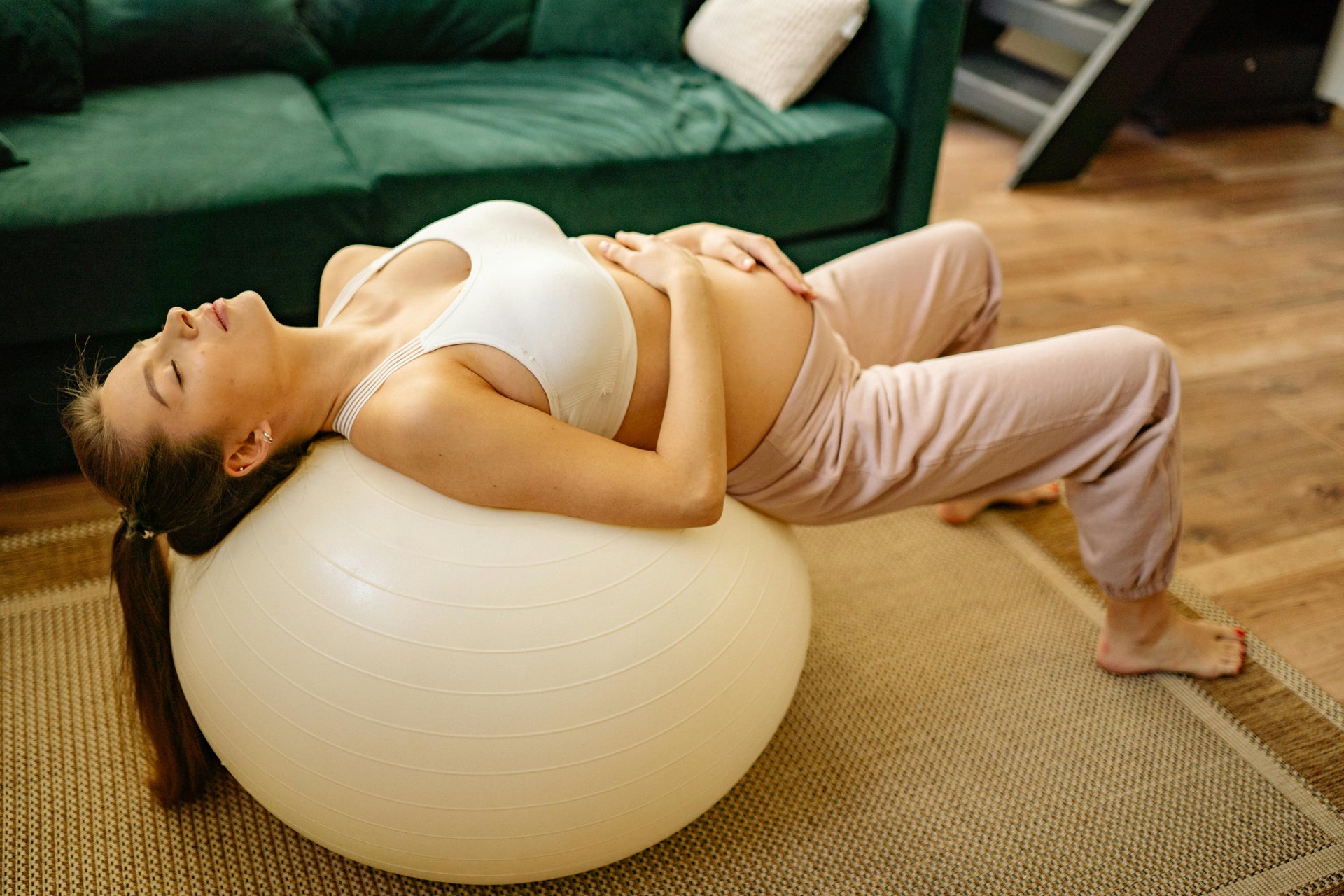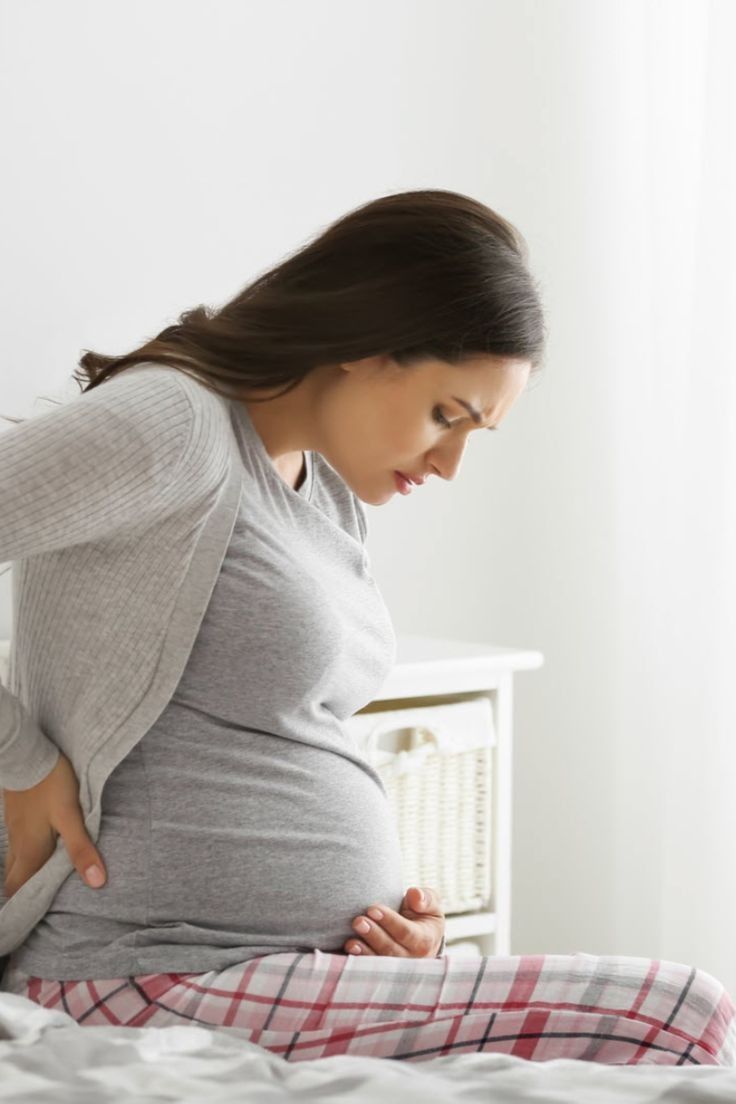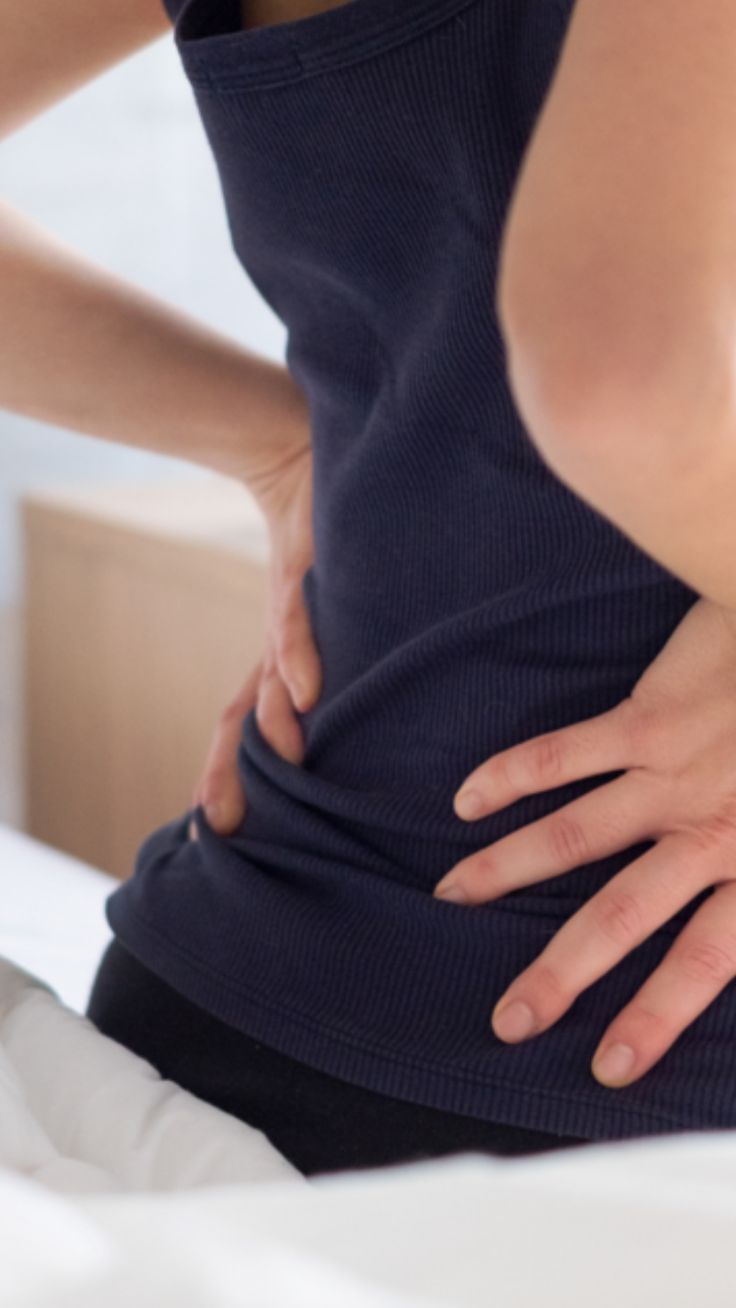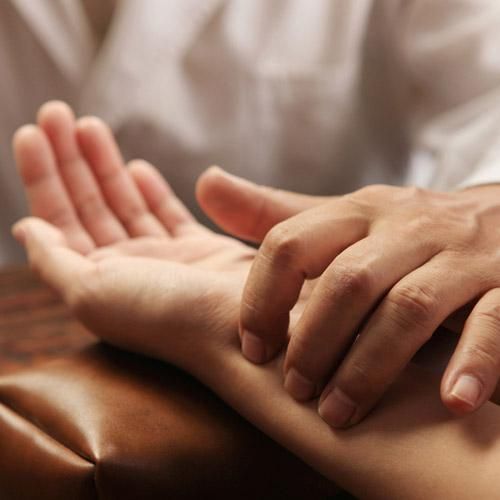Common Antenatal Conditions
by Laura Barrett

It is important for women in pregnancy to realise that pain is not ‘normal’ and something they have to put up with. Pain in pregnancy is common but should not be left to progress, potentially affecting the woman’s function and delivery. Here are the top 3 antenatal conditions I see in my practice.

Pelvic Girdle Pain (PGP)
PGP is common in pregnancy affecting 1 in 5 women. Pain can be felt at the front or back of your pelvis or around your back, hips or groin. Pain is usually worse with walking, climbing stairs, turning over in bed, getting in and out of the car and standing on one leg (getting clothes on).
There is normally a combination of factors causing your pain: the pelvic joints can move unevenly due to stiffness of one joint which can then cause irritation or strain at another joint. Also muscles around your pelvis may become tight or weak during pregnancy which causes an asymmetric pull on the pelvis. Finally, your changing posture during pregnancy affects how you move and your function.
PGP can be treated during pregnancy with manual techniques, massage, advice on movement modifications, postural and sleep advice and if needed, the use of a belt or tape to support your pelvis. PGP is not something you should just put up with. Early treatment should stop your symptoms from getting worse, reduce your pain, improve your mobility and function and allow for an easier delivery.

Mid Back and Rib Pain
Pain around the middle of the back or the ribs is most commonly felt during the third trimester. It can often be a sharp rib pain that catches your breath and makes it difficult to move or a burning pain and stiffness in the upper back. As your pregnancy progresses the ribcage must accommodate the growing baby and this along with changing posture, growing breasts and the pregnancy hormones can cause strain and irritation of the joints around your ribcage.
This pain can be treated by physiotherapy combining manual therapy with postural advice and stretches.

Carpal Tunnel
The carpal tunnel is an area located at the front of the wrist, formed by the bones of the hand and a ligament, through which pass the tendons responsible for moving your thumb and fingers, and a nerve called the median nerve. The median nerve is responsible for giving you feeling in the thumb and fingers and makes the tendons work properly.
Hormonal changes during pregnancy cause swelling in many parts of your body including the wrist and carpal tunnel. Any swelling will increase the pressure on the median nerve inside the tunnel causing symptoms.
Symptoms include pain, pins and needles, numbness or burning in the thumb, index, middle or ring fingers, weakness in the hand and forearm, and swelling of the hands.
Many women find wearing a night splint helpful along with avoiding repetitive movements, massage, ice and hand elevation.
All these conditions should resolve in the first few weeks after the baby has arrived. If they have not resolved, you should seek treatment from a women’s health physiotherapist.

Laura Barrett
TMP Collaborator

